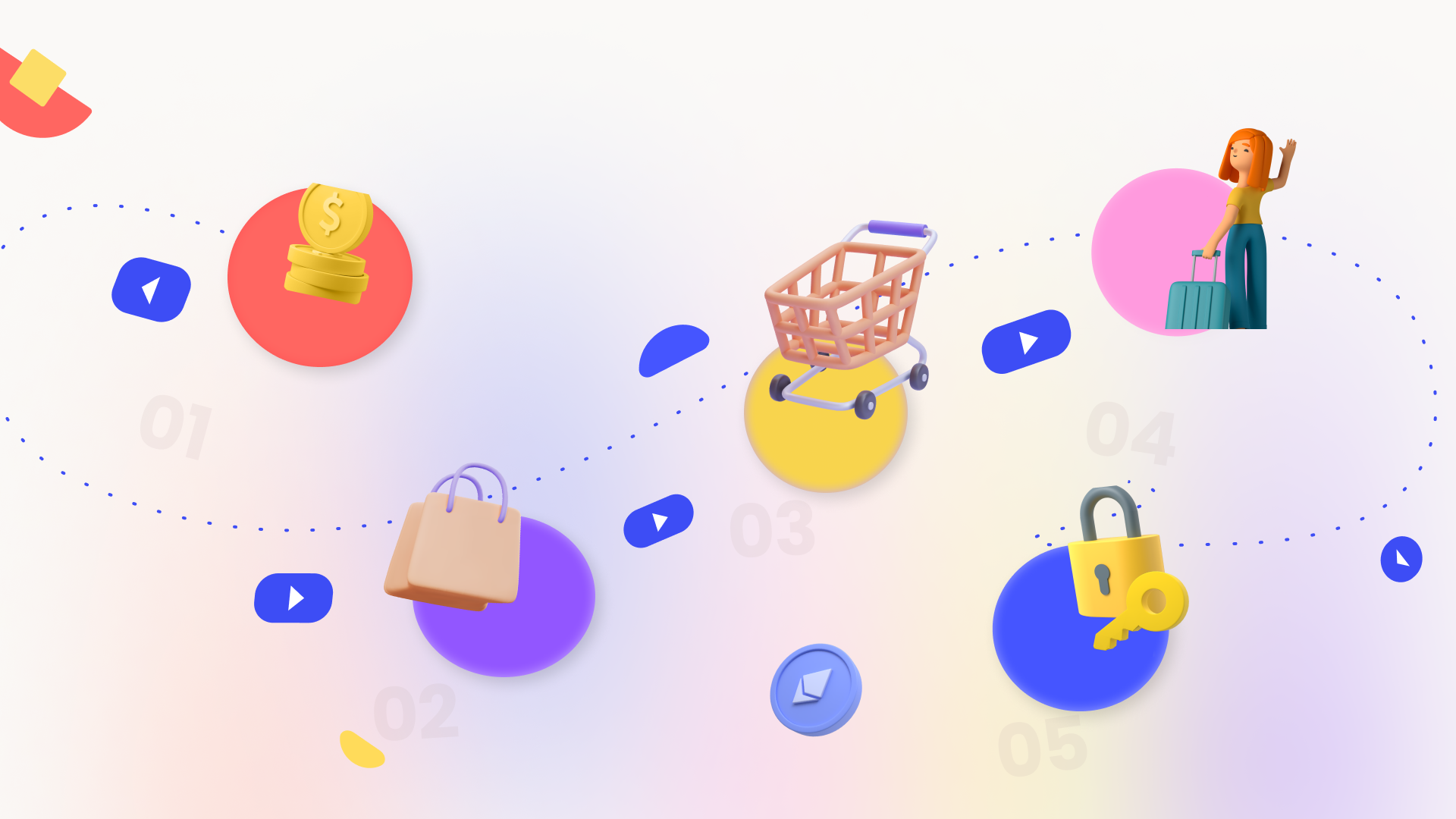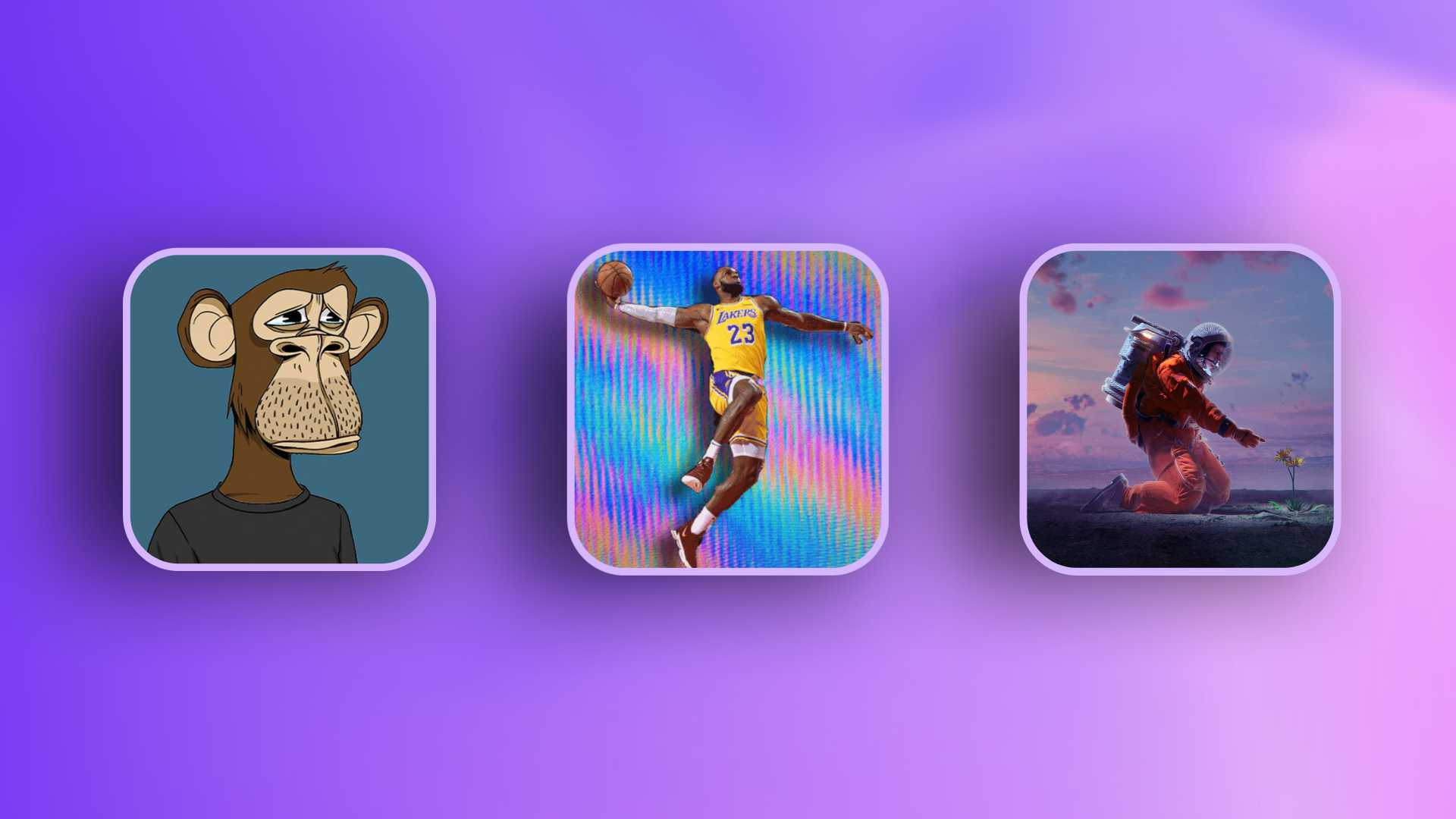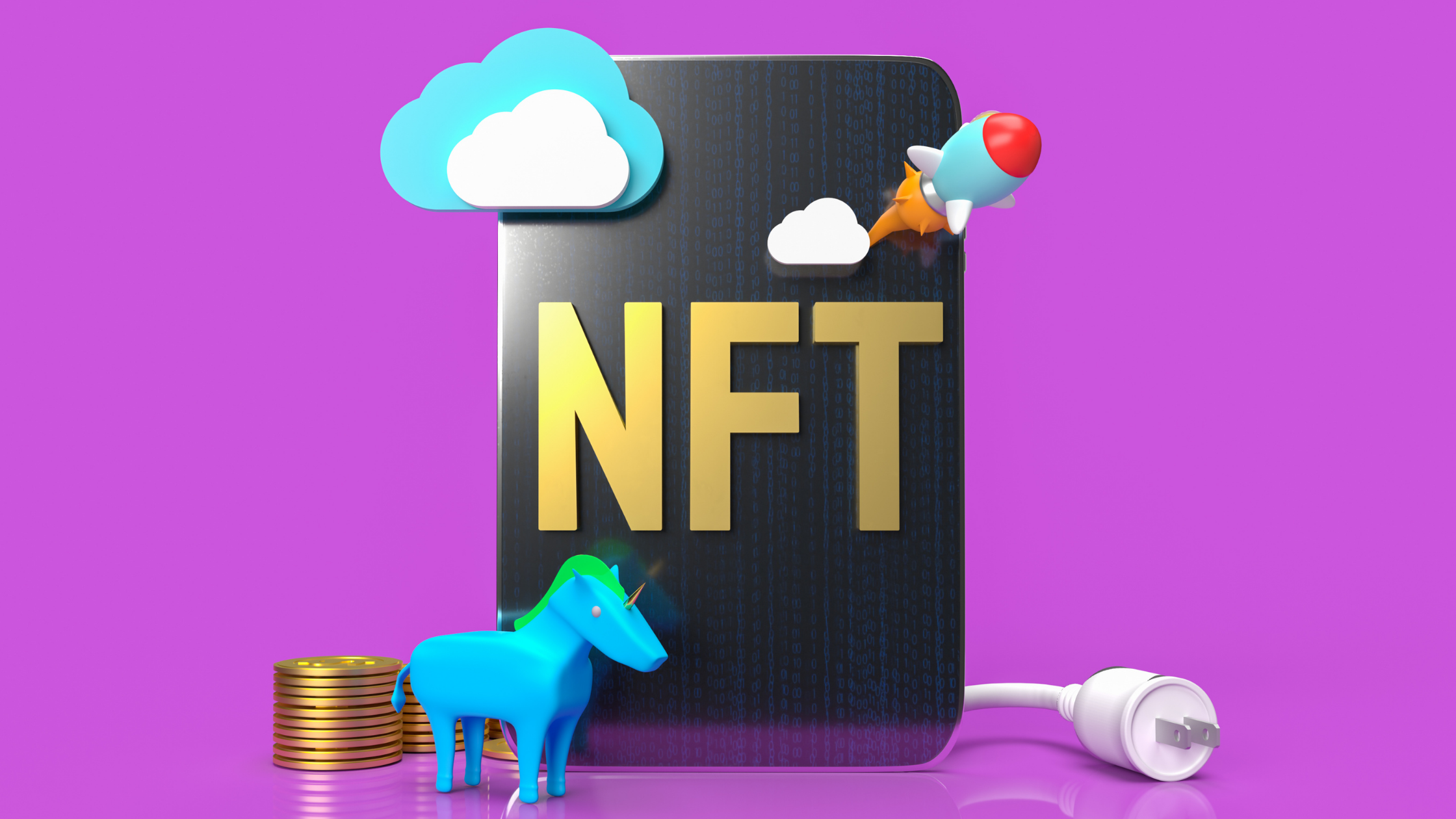NFTs for Next-Generation Customer Engagement

The conversation around NFTs continues to evolve. These novel assets first made their mark on the world in the form of fun, colorful (and, let's be honest, sometimes kinda ugly) speculative digital pieces of art. But fads fade and bubbles burst. Lately, the focus has been on giving utility to NFTs. Speculation is not a long-term play, but functionality is. So what does that utility look like? At Chainstarters, we're helping brands easily deploy their NFT collections and shaping the future around the next generation of customer engagement.
We've Seen This Before
If you think that NFTs evolving into customer engagement tools is a stretch, it's not. We've seen this before. Remember a much simpler time when Instagram was just a place to post photos to share with friends and family? It used to be all about the filters. Now, Instagram is an algorithm-driven channel into which companies pour billions of dollars annually. For consumer products, it's a critical means of marketing, advertising, engagement, and even customer service. And one of their more recent features means users can consume more than just content; they can shop and place orders without leaving the app.
But the problem is that all of this takes place digitally on a mobile device. There are only so many ways you can get someone's attention on a phone, and it usually means you want them to keep engaging through a screen. Instagram's parent company is doubling down on that strategy by forging into the metaverse. Whether or not they will succeed in this bringing the masses to a full-scale virtual version of the world remains to be seen. There is, however, a massive opportunity for brands to take their customers to a sweet spot – one that mixes the digital world with the real one.
But Why NFTs?
You might be wondering: why are NFTs the evolution of engagement? It sounds like there's nothing they can do that cannot already be done through other means. Sure, there are many ways to engage customers these days: discounts, access, cross-promotions. Yet there is only so much that can be done using the "same old" tech. We all love receiving an email from a brand promoting a big sale, but once the purchase is made, we're onto the next thing in our busy lives.
In a world full of distractions, attention is a scarce resource. Companies need to evolve how they interact with their consumers, elevating them from transactional users to raving fans that act as extensions of the brand. Consumers – especially the younger generation – want to feel like they're on the cutting edge of things. NFTs are the perfect tool for both parties.
People love collecting stuff, especially things that are seen as special or rare. Remember the Beanie Babies craze? Or Pogs? Even if you don't, surely you know of someone who has an extensive coin, stamp, or baseball card collection. Not only that, people gravitate towards things that are gamified and/or bestow status. As a user and holder of NFTs, you can separate yourself from the pack, be rewarded accordingly, and have it all on the blockchain as proof.
It's the Journey, Not the Destination
NFTs are the opportunity for brands to create engagement that takes the user on a journey. One NFT can be the key that unlocks a progressive, changing experience for the customer – like a game, but on steroids.
NFTs are evolving from just digital art to assets that provide real utility. One NFT can provide multiple engagement points for each holder. Brands who create NFTs for their customers can assign whatever utility they want, and that utility can evolve over time, catered to each holder depending on where they are in their journey with the brand.
There are extreme cases of this, like FC Barcelona's first NFT that sold for $693,000. Why? Because the buyer becomes an official "Barca Digital Ambassador" who gets "VIP benefits and experiences with the legendary football club," like meet & greets, stadium visits, training camp visits, and more. It's the ultimate proof of fandom for a sports team, and it comes with five years of "hospitality rights" that will likely evolve over time.
How about a more common example? Let's stick with the same theme: say you have a favorite professional sports player. You buy an NFT of this player that gets you access to her fan club. Belonging to this club gets you a discount on buying memorabilia or a game/event of which she is a part. At that event, you mint a memory NFT that serves as "proof of attendance." In time, because you have been a very active fan club member, you get white-listed (early access) to buy another NFT related to a book this player has written. That NFT gets you a personalized, autographed hardcover and an invitation to a book launch party. It's a journey with multiple points of interest; NFTs are simply the key that unlocks one experience after another.
This same concept could be applicable to any company or product that has a strong brand identity and/or community. Have you heard of Spindrift? They disrupted the sparkling water market by flavoring it with 100% real fruit juice and have amassed a cult following online. With an NFT loyalty program, Spindrift can engage in a meaningful dialogue with their devoted audience by providing tangible value via tokens and collectibles. For example, if a customer purchases 1,000 cans over time, they can get their own personal promo code for friends and family. If they can leverage that promo into getting their circle to purchase 5,000 cans, they receive an NFT and become an official brand ambassador. Perhaps they are even entered for the chance to win a free pallet of the beverage. And when that customer reaches the 10,000-can milestone, they win an all-expenses paid getaway, the location of which is inspired by their favorite Spindrift flavor.
All of this amounts to collecting additional data in a user-approved way. This data can be used to drive additional insights, as well as extend the journey and continue to engage the customer. As for the customer – the NFT holder – they get to participate in a unique, gamified experience and derive additional benefits from a product or brand they love.
The New Social Identity
Now, we think of our social media accounts as our modern-day "calling card." We curate them so that anyone who looks at our Twitter feed or Instagram grid gets a sense of who we are, what we care for, and how we identify ourselves in this complex world. But a big critique of social media these days is that so much is faked. People want to appear as "something more" by posing with cars that aren't theirs, lounging on a "private jet" that's actually just a set, or photo-shopping themselves into a location to which they did not actually travel.
But there's no faking it with blockchain. We say this over and over again, but it bears repeating: digital wallets will be the next iteration of social identity. Instead of a social media handle, you can give someone your wallet address, where they can see the NFTs you hold. Because everything is transparent and verifiable, you can post a picture of yourself with your favorite musical artist and point people to your digital wallet, which holds the fan club NFT that made that picture possible. The tokens in your wallet will reflect everything from loyalty, to proof of attendance, exclusive access, the communities you engage with, and more.
Forging a New Path
Chainstarters help brands implement meaningful web3 solutions that drive customer engagement and accelerate growth. Just as brands want to sell their merchandise through their own site, they want to have their own functional NFT marketplace that makes it easy for web2 users to interact and transact with web3 technology in a seamless way. Until now, there was no easy way for them to do that.
We have built a powerful, enterprise-grade platform that allows anyone to customize their own NFT marketplace and create and mint the NFTs, in less than an hour. You can get going on your own or work with our team of experts to ensure you're building the best NFT strategy for your brand.


